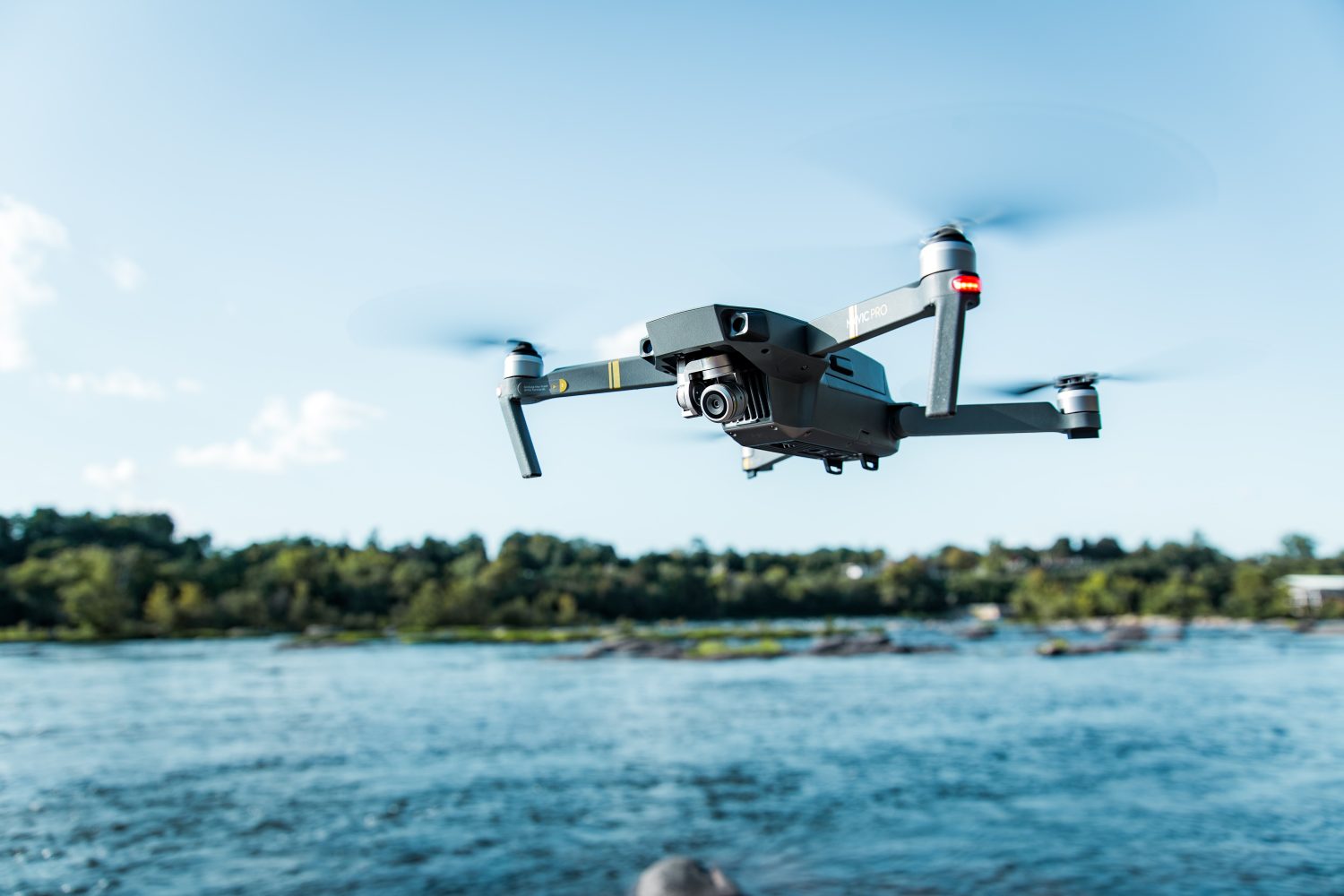
It’s no secret that UK police have been energetic and innovative adopters of drone technology in public service, law enforcement, and first responder activity, but a recent survey suggests those forces need to do a better job in assuring security of their UAVs and the data they collect.
A poll authored by the government’s Biometrics and Surveillance Camera Commissioner Fraser Sampson found that while drones have become frequent assets in UK police units, management of those craft by coppers raises “concern around data security and accountability.”
The major problems cited: procurement decisions, firmware upgrades, and management of information collected – all of which, Sampson said, frequently lack the awareness and measures required to effectively avert risks of hacking, leakage, or other kinds of piracy.
The study also voiced uneasiness about the absence of a common list of rules covering ethics and data security in drone usage by police across the UK. In addition to establishing that, Sampson also urges for a top-to-bottom hierarchy of command to be created verifying compliance of those regulations – from the state to precinct level – along with a system allowing elected officials and outside observers to monitor law enforcement use of UAV tech.
The poll was not exhaustive, but does provide a reflection of current activity.
It was sent to the 47 police units active in England and Wales, of which 36 (or 77%) responded saying they used the craft, and only reporting to be UAV-free.
Though a total of nine different types of UAVs were cited as making up UK law enforcement fleets, all respondents reported their assets including DJI craft – mirroring the company’s ubiquity among US forces as well.
Also similar to UAV deployment in other nations, the Welsh and English police drones were found to be primarily use for aerial observation of major incidents and events; traffic management; searches for missing persons; monitoring crime scenes; and surveillance of suspects.
The problem, Sampson said, came in how respondents described their operation, management of collected data, and firmware and software updating of drones.
Piloting, for example, was carried out using a smartphone, tablet, or desktop 62% of the time, rather than using a more secure manufacturer remote. Information captured onboard is usually transferred from onboard SD cards that are subsequently wiped.
Only three respondents said they adhere to the more demanding protocols outlined in the official Home Office Surveillance Camera Code of Practice – originally created for CCTV footage, but now applying to all remote capture.
Meanwhile, only one police force questioned said it updated software on force drones using a dedicated and secure police network, with 54% of respondents (or 26 units) reporting the upgrades being carried out on unofficial PCs and internet connections.
The overall picture, said Sampson in his report, was of increasing police use of drones across the UK without commensurate awareness of or preventive measures being required to decrease or eliminate risks of data leaking or piracy.
“Modern drones are small, stealthy, and highly capable information gathering tools that can reach places that officers and other equipment cannot,” he wrote. “But like any potentially intrusive technology that can be used to watch and collect information about people, there must be consistent good practice, sensible controls, and ethical oversight in relation to how they are used. Our survey showed that practice among police forces in England and Wales is patchy at best.”
To address that, he calls for an overarching set of ethical and operational practices to be established and applied from the top level of UK law enforcement officials down to the local drone pilot and management officers.
Those rules, Simpson adds, should begin during the procurement process – with risk considerations UAV manufacturers themselves may pose being taken into account – and continue down to craft maintenance and data storage practices, by way of expanded deployment and better administration of currently under-used counter-drone tech.
Image: Karl Greif/Unsplash
FTC: We use income earning auto affiliate links. More.



Comments